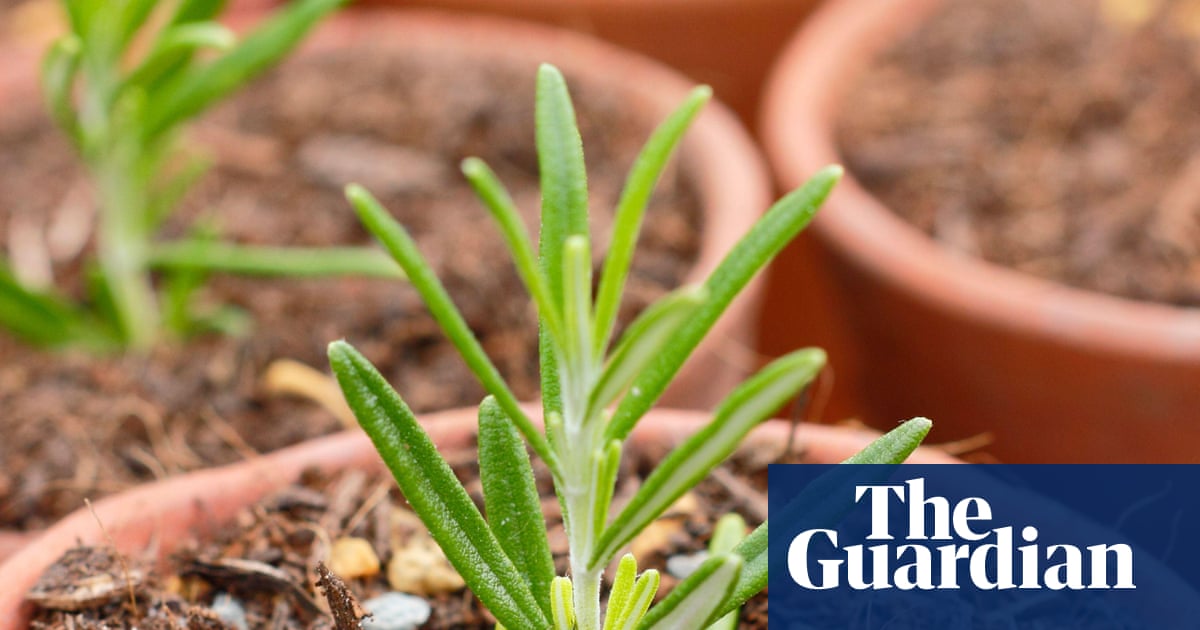When we moved into our home, there was a rosemary plant in the bed by the back door. It hadn’t been pruned for some time, so was all legs with a short, dark green hairdo, and after our first winter it promptly died. Fast-forward to around this time last year, when I was searching for my dog after she’d run off into the woods. As I was stomping around, yelling her name, I chanced upon a luscious, hefty rosemary bush. I carry secateurs on dog walks to clear the paths of wandering brambles, so I snipped off a few sprigs and tucked them in my pocket.
The cuttings I took would be described as semi-hardwood or semi-ripe – woodier at the base, with fresh growth at the top – which are ideal for starting new plants. Now is the time to do this with rosemary as well as sage, lavender, thyme and a host of ornamental shrubs and plants.
It is key to either get your cuttings prepared immediately or to pop them into a bag to be kept in the shade (or even the fridge if it’s very hot) to prevent them from wilting and becoming damaged before you have a chance to deal with them. Your cutting ought to be about 15cm long after it’s been trimmed to just below a leaf node (using a clean, sharp knife), then stripped of all but its uppermost leaves.
Much traditional gardening advice would now instruct you to dip the end of your cutting in rooting hormone, but I can confirm that it is possible for your cutting to develop roots without the stuff. Perhaps do some additional cuttings to up your chances of success, and if yours root well you’ll have plants you can share with other gardeners.
after newsletter promotion
All you need to do now is pop your cuttings into a pot filled with free-draining compost that’s been mixed with plenty of either sand or grit. Your cuttings need to be kept moist, but if left in contact with too much water they will rot before they manage to root. Situate them in a sheltered corner of a greenhouse or place a plastic bag over them before tucking them away somewhere bright and warm but out of direct sunlight. The key at this point is to not forget about them entirely, as they’ll need regular but not overzealous watering.
The time it takes for a cutting to root varies, but can be as soon as six weeks. As memory serves, mine took much longer and of the 10 or so I took, I have four very happy plants growing away – still in their pots. I could have planted them out in spring but the spot I have earmarked for them still isn’t quite ready, so I’ll probably pot them up in a larger container and keep them protected over winter, ready to hit the ground next spring.
